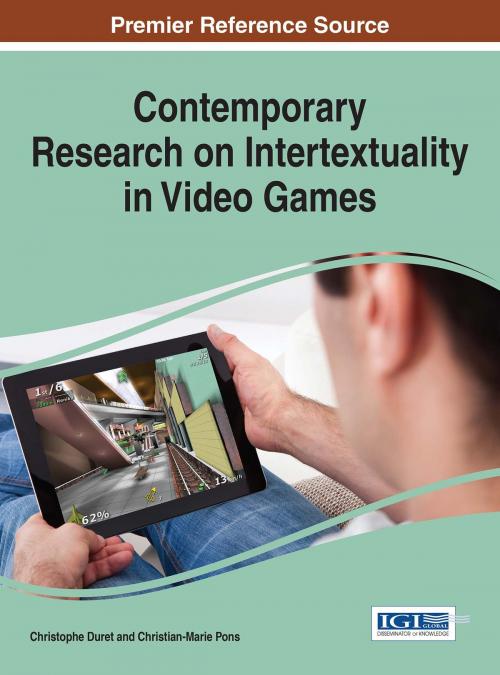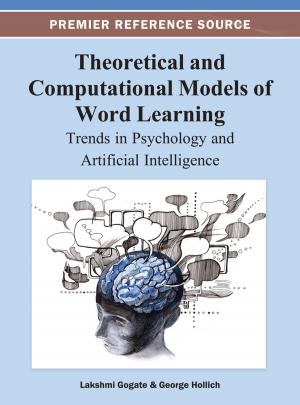Contemporary Research on Intertextuality in Video Games
Nonfiction, Computers, Application Software, Multimedia, Entertainment & Games, Game Programming - Graphics, General Computing| Author: | ISBN: | 9781522504795 | |
| Publisher: | IGI Global | Publication: | June 16, 2016 |
| Imprint: | Information Science Reference | Language: | English |
| Author: | |
| ISBN: | 9781522504795 |
| Publisher: | IGI Global |
| Publication: | June 16, 2016 |
| Imprint: | Information Science Reference |
| Language: | English |
Culture is dependent upon intertextuality to fuel the consumption and production of new media. The notion of intertextuality has gone through many iterations, but what remains constant is its stalwart application to bring to light what audiences value through the marriages of disparate ideology and references. Videogames, in particular, have a longstanding tradition of weaving texts together in multimedia formats that interact directly with players. Contemporary Research on Intertextuality in Video Games brings together game scholars to analyze the impact of video games through the lenses of transmediality, intermediality, hypertextuality, architextuality, and paratextuality. Unique in its endeavor, this publication discusses the vast web of interconnected texts that feed into digital games and their players. This book is essential reading for game theorists, designers, sociologists, and researchers in the fields of communication sciences, literature, and media studies.
Culture is dependent upon intertextuality to fuel the consumption and production of new media. The notion of intertextuality has gone through many iterations, but what remains constant is its stalwart application to bring to light what audiences value through the marriages of disparate ideology and references. Videogames, in particular, have a longstanding tradition of weaving texts together in multimedia formats that interact directly with players. Contemporary Research on Intertextuality in Video Games brings together game scholars to analyze the impact of video games through the lenses of transmediality, intermediality, hypertextuality, architextuality, and paratextuality. Unique in its endeavor, this publication discusses the vast web of interconnected texts that feed into digital games and their players. This book is essential reading for game theorists, designers, sociologists, and researchers in the fields of communication sciences, literature, and media studies.















